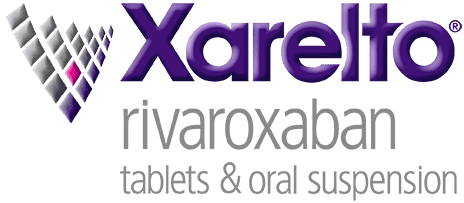Request Demo
Last update 08 May 2025
RNA-directed RNA polymerase L
Last update 08 May 2025
Basic Info
Synonyms- |
Introduction- |
Related
1
Drugs associated with RNA-directed RNA polymerase LMechanism RNA-directed RNA polymerase L inhibitors |
Active Org.- |
Originator Org. |
Active Indication- |
Drug Highest PhaseDiscontinued |
First Approval Ctry. / Loc.- |
First Approval Date20 Jan 1800 |
29
Clinical Trials associated with RNA-directed RNA polymerase LNCT03502694
A Phase 2b, Randomized, Double-blind, Placebo-controlled Study to Evaluate the Antiviral Activity, Clinical Outcomes, Safety, Tolerability, and Pharmacokinetics of Orally Administered Lumicitabine (JNJ-64041575) Regimens in Hospitalized Adult Subjects Infected With Human Metapneumovirus
The purpose of this study is to determine in hospitalized adult participants infected with human metapneumovirus (hMPV - a virus closely related to respiratory syncytial virus (RSV) and has been identified as an important cause of acute respiratory infections, affecting all age groups) the dose-response relationship of multiple regimens of lumicitabine on antiviral activity based on nasal hMPV shedding using quantitative reverse transcriptase-polymerase chain reaction (qRT-PCR) assay.
Start Date05 Nov 2018 |
Sponsor / Collaborator |
JPRN-JapicCTI-184013
A Phase 2b, Randomized, Double-blind, Placebo-controlled Study to Evaluate the Antiviral Activity, Clinical Outcomes, Safety, Tolerability, and Pharmacokinetics of Orally Administered Lumicitabine (JNJ-64041575) Regimens in Hospitalized Adult Subjects Infected With Human Metapneumovirus
Start Date06 Jul 2018 |
Sponsor / Collaborator |
JPRN-jRCT2080223955
A Phase 2b, Randomized, Double-blind, Placebo-controlled Study to Evaluate the Antiviral Activity, Clinical Outcomes, Safety, Tolerability, and Pharmacokinetics of Orally Administered Lumicitabine (JNJ-64041575) Regimens in Hospitalized Adult Subjects Infected With Human Metapneumovirus
Start Date25 Jun 2018 |
Sponsor / Collaborator |
100 Clinical Results associated with RNA-directed RNA polymerase L
Login to view more data
100 Translational Medicine associated with RNA-directed RNA polymerase L
Login to view more data
0 Patents (Medical) associated with RNA-directed RNA polymerase L
Login to view more data
68
Literatures (Medical) associated with RNA-directed RNA polymerase L01 May 2025·Journal of Molecular Graphics and Modelling
Computational study of interaction of calixarene with ebola virus structural proteins and its potential therapeutic implications
Article
Author: Maity, Atanu ; Dutta, Tanmoy ; Alomary, Mohammad N ; Alharbi, Ali H ; Jamal, Qazi Mohammad Sajid ; Jamous, Yahya F ; Ahmad, Varish ; Ansari, Mohammad Azam
22 Oct 2024·Journal of Virology
Architectural organization and
in situ
fusion protein structure of lymphocytic choriomeningitis virus
Article
Author: Lyles, Kristin Van Mouwerik ; Zhou, Kang ; Zhou, Z. Hong ; Kang, Joon S. ; Luo, Ming ; Wang, Hui ; Tang, Sijia
01 Dec 2023·Journal of Genetic Engineering and Biotechnology
Immunoinformatics-aided rational design of multiepitope-based peptide vaccine (MEBV) targeting human parainfluenza virus 3 (HPIV-3) stable proteins
Article
Author: Uddin, Md Jasim ; Halder, Sajal Kumar ; Abdullah-Al-Mamun, M ; Hossen, Md Sakib ; Haque, Munima ; Al Arian, Tawsif ; Shakil, Md Salman ; Hasan, Md Nazmul
Analysis
Perform a panoramic analysis of this field.
login
or

AI Agents Built for Biopharma Breakthroughs
Accelerate discovery. Empower decisions. Transform outcomes.
Get started for free today!
Accelerate Strategic R&D decision making with Synapse, PatSnap’s AI-powered Connected Innovation Intelligence Platform Built for Life Sciences Professionals.
Start your data trial now!
Synapse data is also accessible to external entities via APIs or data packages. Empower better decisions with the latest in pharmaceutical intelligence.
Bio
Bio Sequences Search & Analysis
Sign up for free
Chemical
Chemical Structures Search & Analysis
Sign up for free

